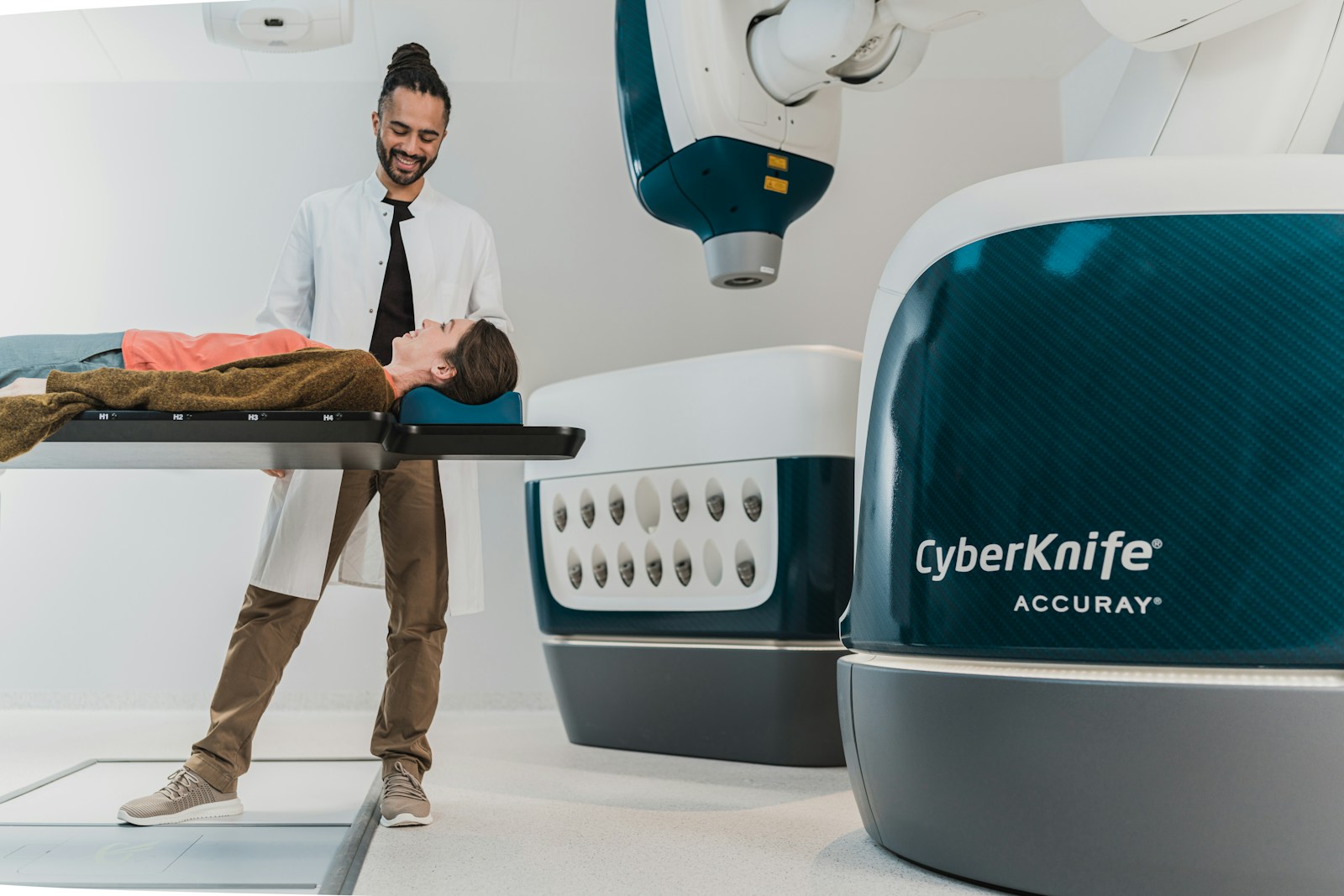Medical tourism, also known as health tourism or medical travel, is a rapidly growing global phenomenon in which individuals travel outside their home country to seek medical, dental, or surgical care. This trend is driven by a combination of factors such as high healthcare costs in developed countries, long waiting lists, and the availability of high-quality medical services abroad at more affordable prices. Medical tourism encompasses a wide array of medical procedures, including cosmetic surgery, dental treatments, fertility treatments, orthopedic surgeries, and even complex cardiac or cancer therapies. It reflects the increasing globalization of healthcare, where borders are no longer barriers to receiving quality medical treatment.
Origins and Growth of Medical Tourism
The concept of traveling for health is not new. In ancient times, people traveled from one region to another to access healing waters, renowned doctors, or famous health centers. However, the modern form of medical tourism began gaining popularity in the late 20th and early 21st centuries, particularly with the rise of globalization and improved international travel. Countries such as India, Thailand, Mexico, Turkey, and Malaysia emerged as leading medical tourism destinations by developing state-of-the-art hospitals and training medical professionals to meet international standards.
As healthcare costs soared in countries like the United States, Canada, and the United Kingdom, patients began to seek more affordable alternatives abroad. Additionally, the development of international hospital accreditation systems, such as those provided by the Joint Commission International (JCI), reassured patients about the quality and safety of overseas medical facilities.
Reasons for Choosing Medical Tourism
There are several compelling reasons why people choose medical tourism:
- Cost Savings: One of the primary motivations for medical tourism is the significant cost difference. For example, a heart bypass surgery that costs over $100,000 in the U.S. might cost only $10,000 in India, including travel and accommodation.
- Avoiding Wait Times: In countries with public healthcare systems, such as Canada and the UK, patients often face long waiting periods for non-emergency procedures. Medical tourism allows them to access immediate treatment.
- High-Quality Care: Many hospitals in medical tourism destinations are equipped with advanced medical technology and staffed by highly qualified professionals, some of whom were trained or practiced in Western countries.
- Access to Procedures Not Available at Home: In some cases, certain procedures might be unavailable or restricted due to legal, ethical, or religious reasons. Medical tourists often travel to countries where such treatments are offered.
- Privacy and Anonymity: Medical tourism also appeals to individuals seeking discreet treatments such as cosmetic surgery or fertility procedures.
Popular Destinations and Procedures
Some of the most popular medical tourism destinations include:
- India: Known for its excellence in cardiac surgery, orthopedic surgery, and organ transplants.
- Thailand: Offers a wide range of cosmetic, dental, and gender reassignment surgeries.
- Mexico: Popular among American patients for dental care, bariatric surgery, and orthopedic procedures.
- Turkey: Known for hair transplants, eye surgeries, and cosmetic procedures.
- Malaysia: Offers general and specialized treatments with a high level of service and hospitality.
Common procedures sought through medical tourism include:
- Cosmetic and plastic surgery (facelifts, rhinoplasty, breast augmentation)
- Dental treatments (implants, crowns, veneers)
- Fertility treatments (IVF, surrogacy)
- Orthopedic procedures (knee/hip replacement)
- Cardiac surgeries (bypass surgery, valve replacement)
- Organ and tissue transplants
- Cancer treatment and alternative therapies
Risks and Challenges
Despite the advantages, medical tourism also comes with certain risks and challenges:
- Quality and Safety Concerns: Not all medical facilities abroad meet the same standards of hygiene, safety, or care as those in developed countries. Choosing the wrong provider can lead to complications.
- Legal and Ethical Issues: If a medical error occurs abroad, patients may find it difficult to seek legal recourse. Moreover, ethical concerns arise in procedures like organ transplants or surrogacy, especially in countries with less regulatory oversight.
- Post-Operative Care: Recovery from surgery often requires follow-up visits and ongoing care, which may not be feasible after returning home. Traveling too soon after surgery may also pose health risks.
- Language and Cultural Barriers: Communication problems may arise in non-English speaking countries, potentially leading to misunderstandings regarding treatment.
- Medical Complications: All surgeries carry risks. Complications from procedures done abroad may result in additional treatment expenses back home.
The Future of Medical Tourism
The medical tourism industry is expected to continue growing, driven by factors such as increasing healthcare costs, better global connectivity, and an aging population in developed nations. Technological advances, such as telemedicine and virtual consultations, are also likely to play a significant role in enabling patients to connect with overseas healthcare providers before traveling.
Governments and healthcare institutions in medical tourism destinations are investing heavily in infrastructure, marketing, and international accreditation to attract patients. At the same time, some developed countries are exploring ways to retain patients domestically through cost reduction and streamlined services.
Medical tourism represents the intersection of healthcare and travel, offering patients the opportunity to receive timely, affordable, and often high-quality medical care abroad. While it offers numerous benefits, such as cost savings and access to advanced treatments, it also involves risks that must be carefully considered. Patients contemplating medical tourism should thoroughly research healthcare providers, verify credentials, and consult their local healthcare professionals before making a decision. As the world becomes increasingly interconnected, medical tourism will likely play an even more prominent role in the future of global healthcare.



